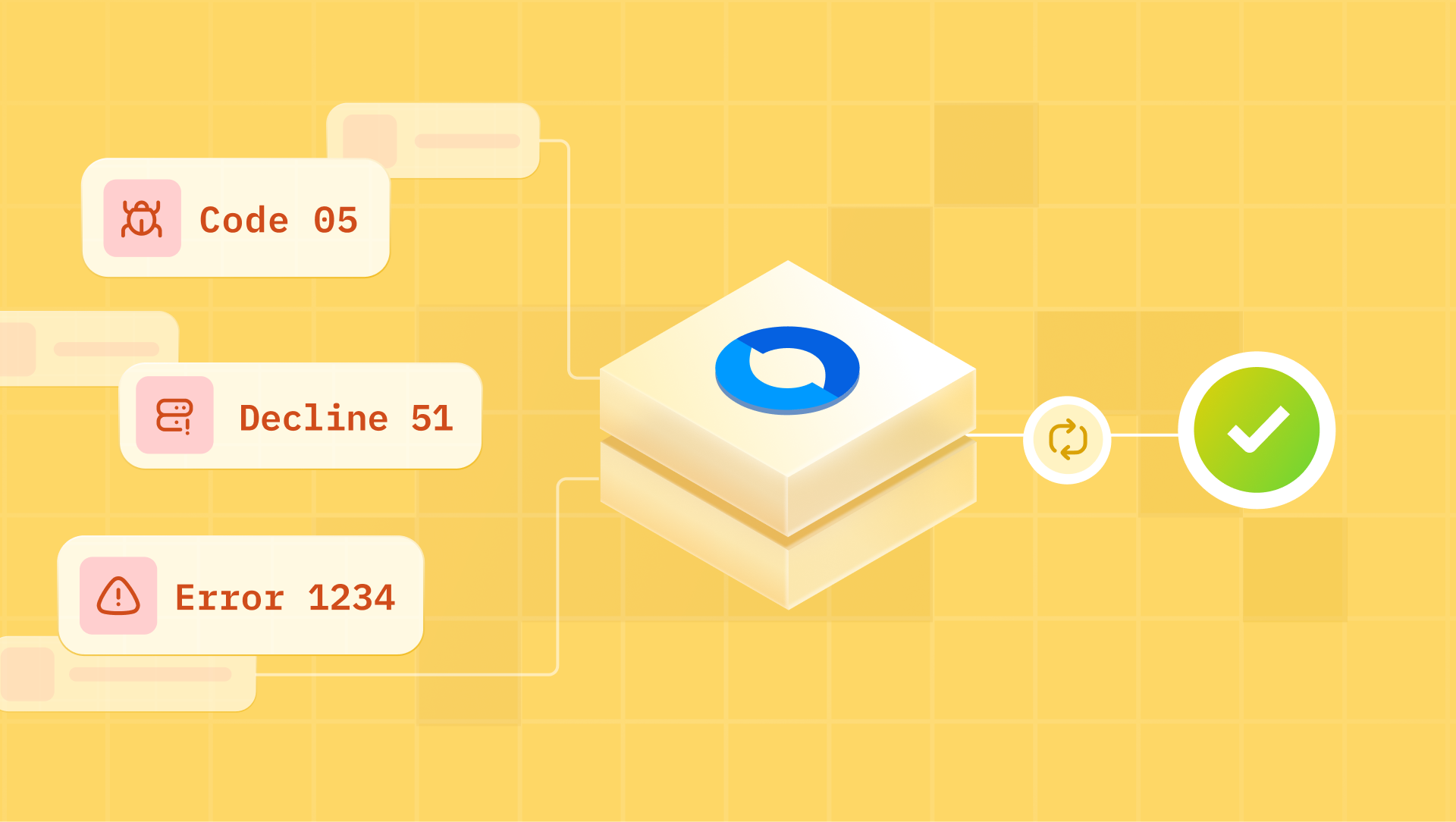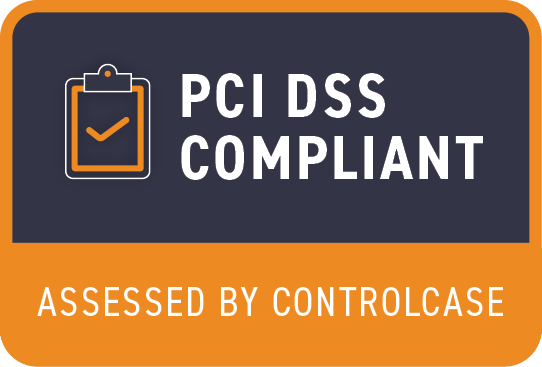Security and trust are significant factors, particularly when carrying out transactions in the context of online payments. While cardholder data is usually not quite as sensitive as data in the healthcare or financial industries, for businesses that accept credit cards, any breach of this information could be catastrophic. Especially now that the Payment Card Industry Data Security Standard or the PCI DSS shapes the practices for data security, an Attestation of Compliance or an AoC is an essential document to have. This article explains what PCI AoC is, why it's important, and how it has been affected by PCI DSS 4.0. It also covers the mechanics of PCI compliance, and completion process, and provides a general overview of how businesses engage with and navigate through the compliance process.
PCI Attestation of Compliance
A PCI Attestation of Compliance (AoC) can be described as a company affirmation that it has complied with the high levels of security compliance set by the Payment Card Industry Data Security Standard (PCI). This declaration is a fundamental part of trust with customers and partners, thus providing evidence that their sensitive payment details are processed with great care.
The AoC, therefore, provides evidential substantiation to show that the organization has instituted the required security measures to prevent the exposure of cardholder data to unauthorized use, loss, or misuse. There is a variety of levels of PCI Attestation based on the size of the business and the number of transactions completed per year by the business. Some small businesses may use the Self-Assessment Questionnaire (SAQ) to do a brief evaluation of their compliance levels, while big firms may require a Qualified Security Assessor (QSA) to do an assessment on their behalf.
As with the PCI Attestation of Compliance, it is not merely an exercise in going through the motions or ticking some boxes to make regulators happy. It is a sign that any organization takes its responsibility for data security seriously and adheres to all measures required to ensure that cardholder information is secured to the high standards set.
These efforts, such as PCI compliance, are evidence of companies’ strict policies, as well as their dedication to minimizing the risks that can lead to information leaks and ensuring trust with consumers and business partners. This compliance declaration is crucial not only for merchants, processors, or service providers but for anyone affected by the payment industry in one way or another. By adopting the practices of the PCI DSS standards, individuals and businesses play their part in building a stronger and more reliable payment system, for not only their own protection but also their customers', from the disasters of data loss and fraud.
How PCI DSS 4.0 Impacts Your Attestation of Compliance?
The release of PCI DSS 4.0 in March 2022 brought about significant changes to the PCI compliance landscape, impacting how organizations approach their PCI Attestation of Compliance (AoC). The updated standard emphasizes a more flexible and customized approach to security, allowing organizations to tailor their compliance efforts to their specific risk profiles. This shift allows for a more targeted approach, focusing on the areas that pose the greatest risk to cardholder data. However, it also means that the PCI Attestation of Compliance process may require more in-depth analysis and documentation.
Organizations will need to carefully assess their unique risks and implement appropriate security measures to meet the new requirements of PCI DSS 4.0. This also entails recording the reason behind the selection of given security controls and showing how they address certain threats. On the one hand, this may seem rather daunting, yet on the other, it opens up the opportunity for businesses to reinforce their security and develop a more robust system against cyber threats.
In this way, organizations can prevent or minimize potential threats to cardholder data and enhance security measures according to the organization’s risk factors in compliance with PCI DSS current standards. In addition, such an emphasis on risk assessment and management can also benefit companies by providing them with information on potential weak points and allowing them to make the most of their security expenditures.
How to Complete a PCI Attestation of Compliance?
Completing a PCI Attestation of Compliance (AoC) involves a series of steps to ensure that all requirements are met.
The first step is to determine the organization's PCI level, which is based on the volume of card transactions processed annually.
Different levels have varying requirements, with higher levels necessitating more stringent security measures. Once the PCI level is established, the organization must conduct a thorough self-assessment or engage a Qualified Security Assessor (QSA) to perform a formal audit.
This assessment entails checking the security policies, procedures, and controls to establish vulnerabilities or the absence of a coherent structure to manage cardholder data within the organization. The extent of the assessment will also depend on the organization's PCI level and the extent of the systems and processes where cardholder data is processed.
Based on the assessment results, the organization must complete the appropriate Self-Assessment Questionnaire (SAQ) or Report on Compliance (ROC) and submit it along with the Attestation of Compliance to their acquirer or the payment brand. The SAQ is a self-validation tool for smaller merchants, while the ROC is a more comprehensive report typically required for larger organizations.
How Hyperswitch Reduces Your PCI Compliance Burden?
Navigating the complexities of PCI compliance can be a daunting task for businesses, especially those with limited resources or expertise. Maintaining a secure environment and ensuring compliance with the evolving PCI DSS standards requires ongoing effort and investment. Hyperswitch understands these challenges and offers comprehensive solutions to simplify the PCI Attestation of Compliance process, making it more accessible and manageable for businesses of all sizes.
By leveraging Hyperswitch's platform, businesses can offload a significant portion of their PCI compliance burden. Hyperswitch's infrastructure is designed with security as a top priority, following the strictest PCI DSS standards. This means that businesses can rely on Hyperswitch to handle the technical aspects of compliance, such as data encryption, vulnerability scanning, and log monitoring, allowing them to focus on their core operations.
Additionally, Hyperswitch provides expert guidance and support throughout the PCI Attestation of Compliance process, ensuring that businesses have the necessary resources to achieve and maintain compliance. This includes access to a team of PCI experts who can provide advice on best practices, assist with documentation, and answer any questions that may arise.
When businesses team up with Hyperswitch, they get the much-needed assistance with PCI compliance. It helps them follow important rules for handling payment information, lower risks, and improve their security. It's all about making payments safer for everyone involved.








